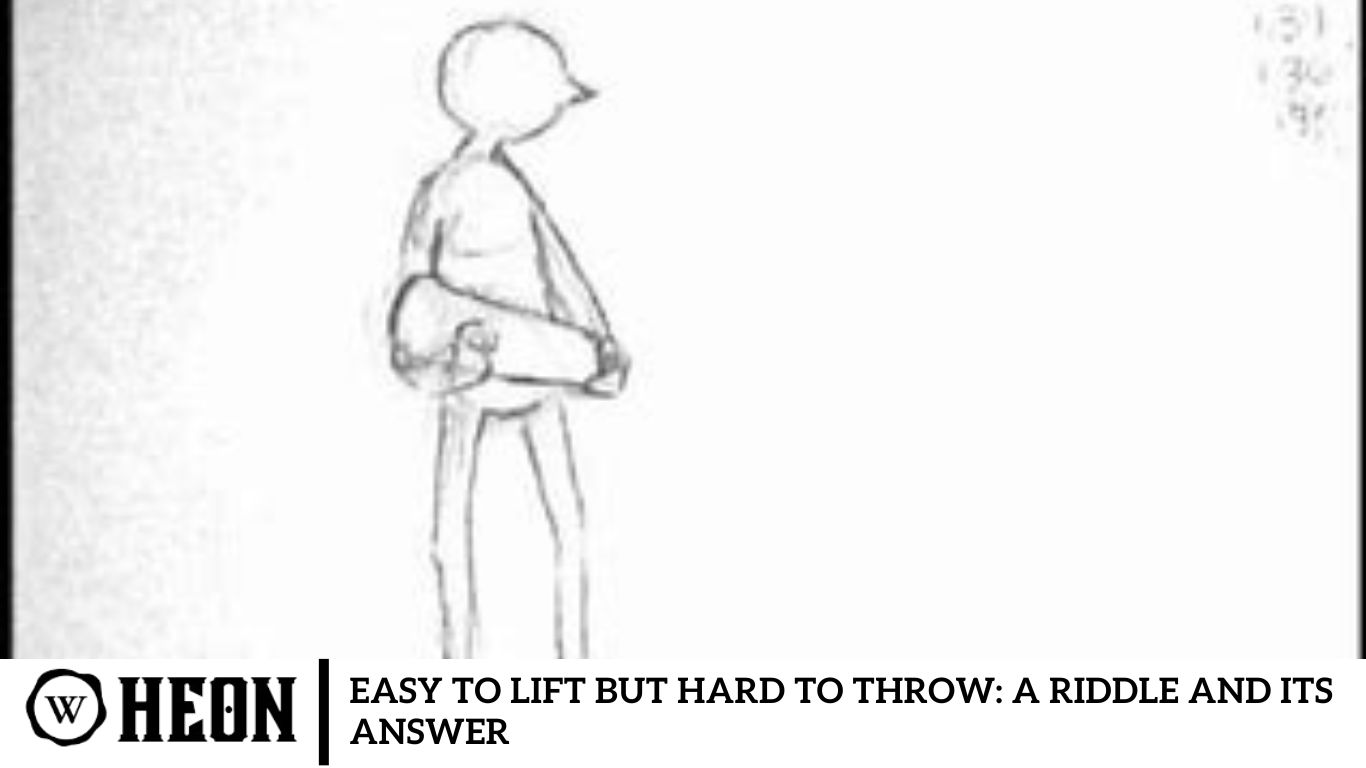Have you ever heard of the riddle that goes like this: “What is easy to lift but hard to throw?” It’s a simple question, but it can be tricky to answer. In this article, we will explore the possible solutions and explanations for this riddle, as well as some related facts and trivia.
The Answer: A Feather
The most common and accepted answer to the riddle is a feather. A feather is easy to lift because it is lightweight, but it is hard to throw because it is also lightweight and does not have enough weight to be thrown effectively. If you try to throw a feather, it will likely drift in the air or be blown away by the wind.
The Explanation: Physics and Aerodynamics
The reason why a feather is easy to lift but hard to throw has to do with physics and aerodynamics. When you lift something, you are applying a force that is greater than the gravitational force that pulls it down. The heavier the object, the more force you need to lift it. A feather has very little mass, so it requires very little force to lift it.
When you throw something, you are applying a force that gives it a certain speed and direction. The faster and farther you want to throw something, the more force you need to apply. However, the speed and direction of a thrown object are also affected by other forces, such as air resistance and drag. Air resistance is the force that opposes the motion of an object through the air. Drag is the force that reduces the speed of an object due to its shape and surface. The lighter and less aerodynamic the object, the more air resistance and drag it will experience. A feather has very little mass, but also a large surface area and a fluffy shape, so it experiences a lot of air resistance and drag. This means that even if you apply a lot of force to throw a feather, it will quickly slow down and change direction in the air.
Some Related Facts and Trivia
– A feather is made of keratin, the same protein that makes up human hair and nails.
– A feather has a central shaft called a rachis, which branches into smaller shafts called barbs, which further branch into tiny hooks called barbules.
– A feather has different functions for birds, such as insulation, flight, camouflage, display, and communication.
– A feather can be classified into different types, such as contour feathers, flight feathers, down feathers, semiplumes, filoplumes, bristles, and powder down feathers.
– A feather can have different colors and patterns, depending on the pigments and structures of the barbs and barbules.
– A feather can weigh as little as 0.0008 grams or as much as 20 grams.
– A feather can be thrown farther if it is folded or rolled into a ball, which reduces its surface area and drag.
– A feather can be used for various purposes by humans, such as writing, painting, decoration, clothing, bedding, fishing, archery, badminton, and tickling.
Conclusion
The riddle “What is easy to lift but hard to throw?” is a fun way to test your logic and creativity. The answer is a feather, which is easy to lift because of its low mass, but hard to throw because of its high air resistance and drag. The riddle also invites us to learn more about the fascinating properties and functions of feathers for birds and humans.





